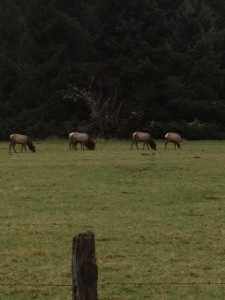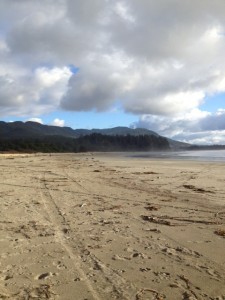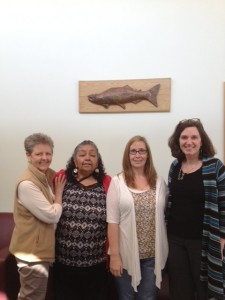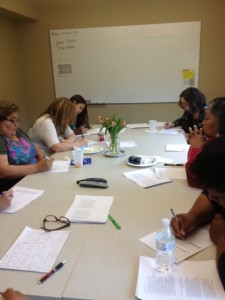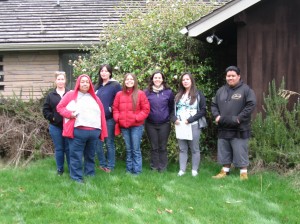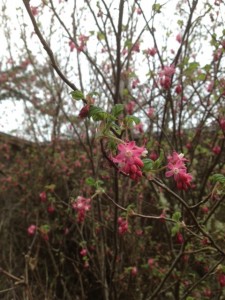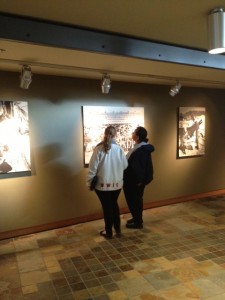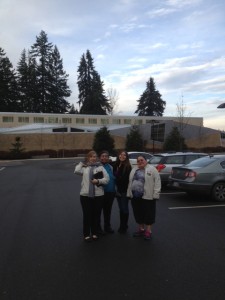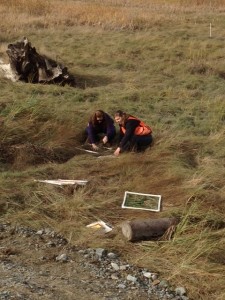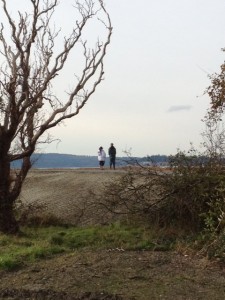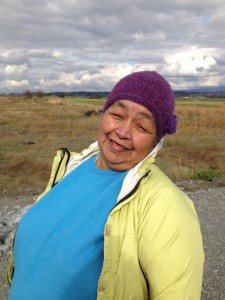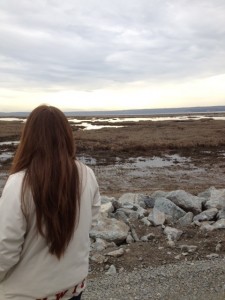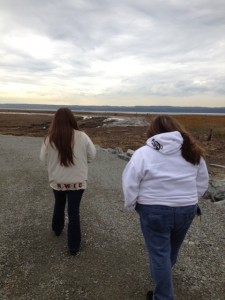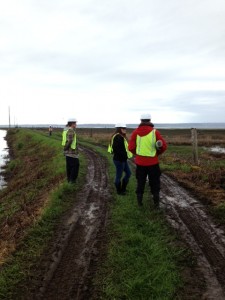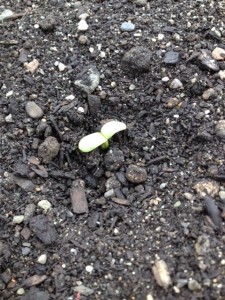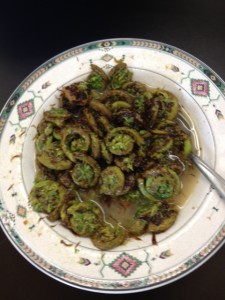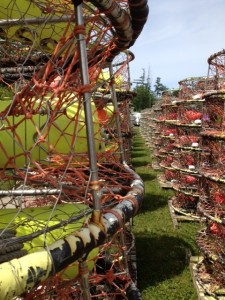 Last week we were able to travel to the world-renowned Makah museum, located at Neah Bay on the northwestern coast of the Olympic Peninsula. Along the way we visited the newly restored Elwha River and dam removal view point (formally Lake Aldwell.) We drove by Sail (pictured below) and Seal rock and stayed at Hoebuck beach. The sun was close to setting when we arrived, so some of the students had a chance to walk the beach and look for sand dollars before the group gathered for a meal and discussion of the day.
Last week we were able to travel to the world-renowned Makah museum, located at Neah Bay on the northwestern coast of the Olympic Peninsula. Along the way we visited the newly restored Elwha River and dam removal view point (formally Lake Aldwell.) We drove by Sail (pictured below) and Seal rock and stayed at Hoebuck beach. The sun was close to setting when we arrived, so some of the students had a chance to walk the beach and look for sand dollars before the group gathered for a meal and discussion of the day.
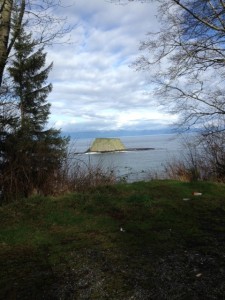 The next morning we arrived at the Makah museum which is an amazing cultural and historical resource. Many thanks to our guides and friends there for their time and teaching. We were also able to visit the gallery of Melissa Peterson, Makah artist. Finally, we headed back to the Swinomish site. On the way we stopped to look at a lovely herd of elk near Ozette.
The next morning we arrived at the Makah museum which is an amazing cultural and historical resource. Many thanks to our guides and friends there for their time and teaching. We were also able to visit the gallery of Melissa Peterson, Makah artist. Finally, we headed back to the Swinomish site. On the way we stopped to look at a lovely herd of elk near Ozette.
We also viewed the Manis mastodon bones in Sequim, WA. These bones, accidentally discovered on a local farm, are evidence of one of the oldest human settlement in the Americas. A new study of the Manis mastodon provides proof of the oldest human settlement found to date in the Americas. The site is significant for more than being the oldest: For decades, most anthropologists studying early Americans believed the very earliest settlement was found in present-day Clovis, N.M. “Clovis man” was considered more than just the creator of a few tools and weapons; he was said to be a kind of cultural father to all ensuing generations of Native Americans. You can read more about it here.
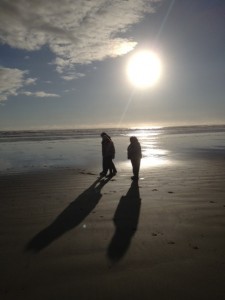

Thank you to the science department for their support of this field trip.
More pictures below!


